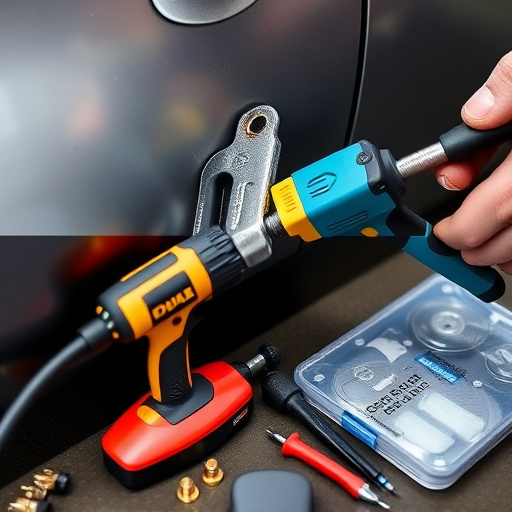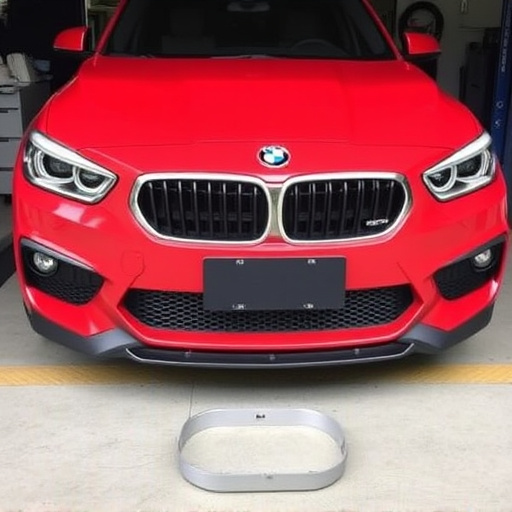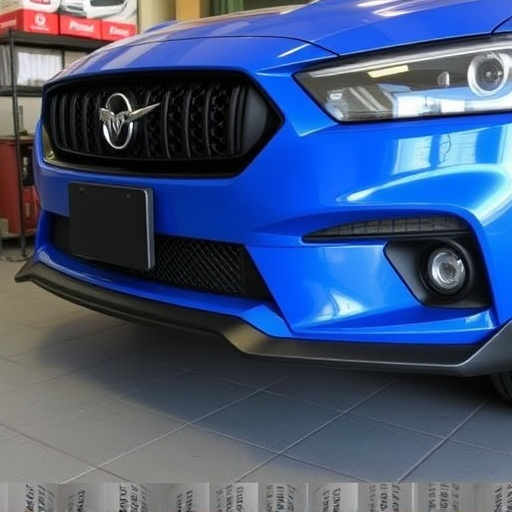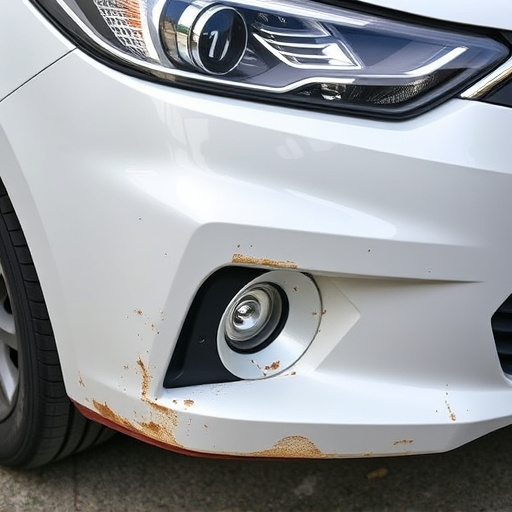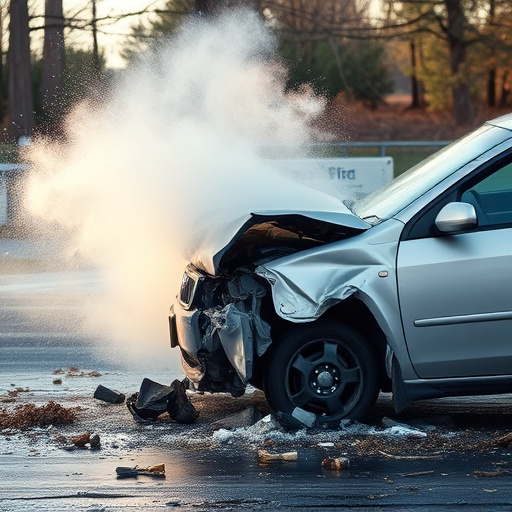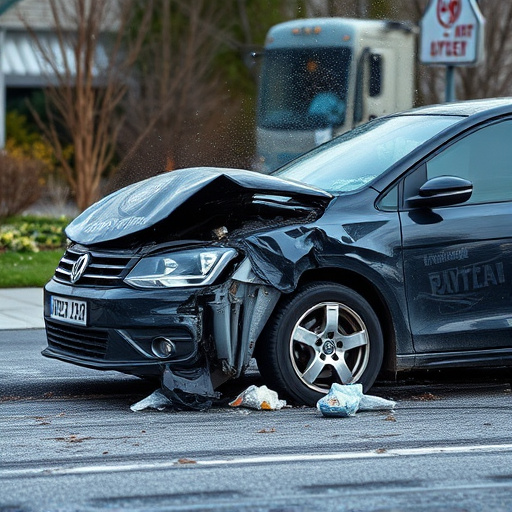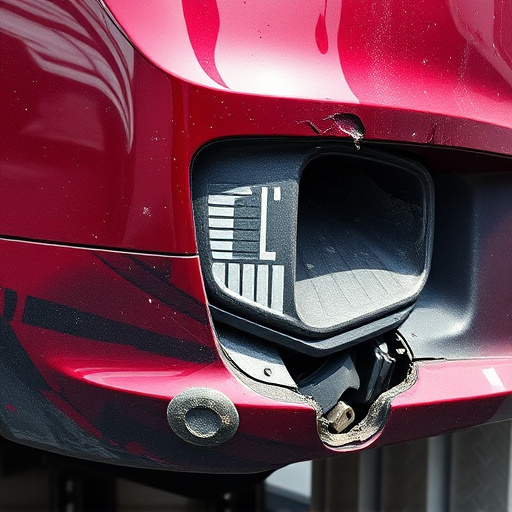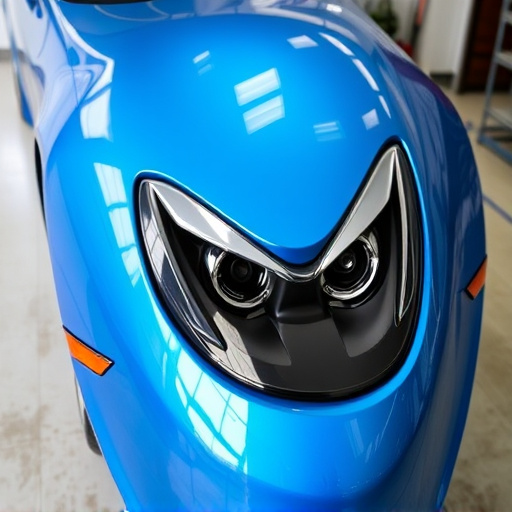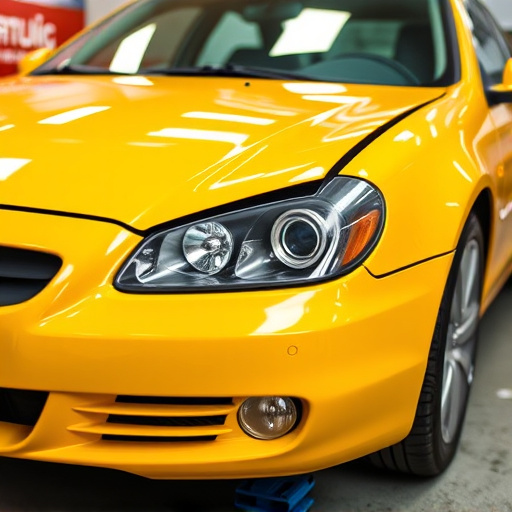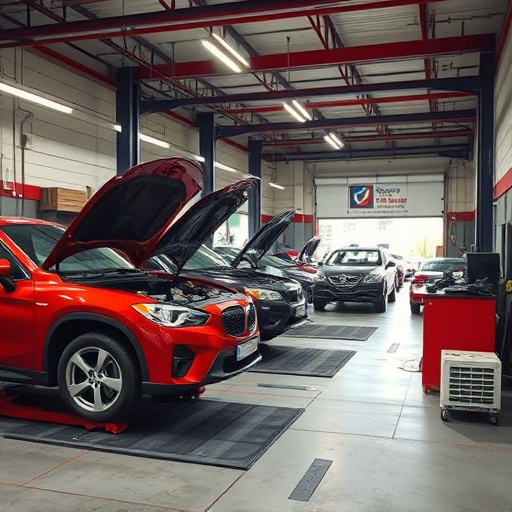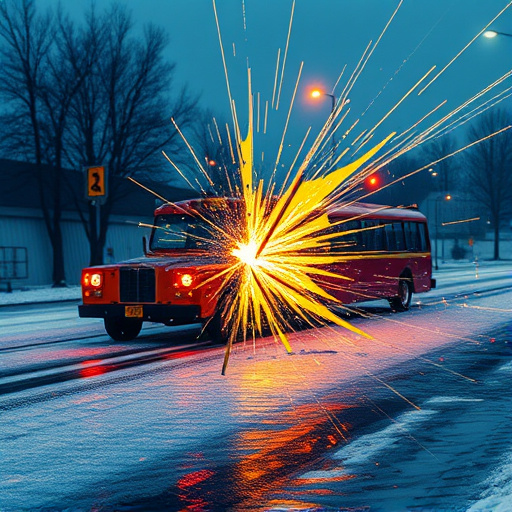Bumper collision repair adheres to strict industry standards for aesthetic and structural restoration post-accident. Insurance compliance is crucial, with comprehensive or collision coverage typically covering repairs, though severity dictates deductibles. Reputable auto body shops prioritize insurance-compliant repairs using advanced equipment and proper documentation, ensuring customer satisfaction and vehicle safety.
In today’s world, ensuring compliance with insurance standards is paramount for auto body shops. Bumper collision repair plays a crucial role in this process, as it directly impacts vehicle safety and insurance claims. This article delves into the intricacies of bumper collision repair, exploring industry standards and best practices. We examine the insurance requirements related to bumper damage repairs and provide insights for auto body shops to maintain compliance, ensuring customer satisfaction and minimizing legal issues.
- Understanding Bumper Collision Repair Standards
- Insurance Requirements for Bumper Damage Repairs
- Ensuring Compliance: Best Practices for Auto Body Shops
Understanding Bumper Collision Repair Standards
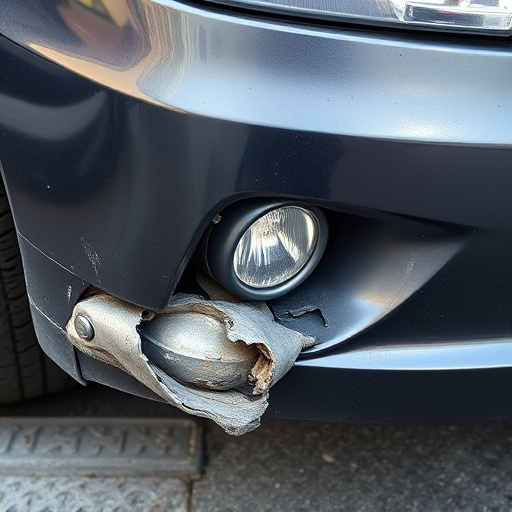
In the realm of automotive maintenance and repairs, understanding industry standards is paramount, especially when it comes to bumper collision repair. These standards are designed to ensure that vehicles return to their pre-accident condition, not just aesthetically but structurally as well. This involves meticulous attention to detail in both vehicle collision repair and automotive body work, from aligning the bumper components to ensuring the structural integrity of the vehicle frame.
Knowing these standards is crucial for compliance with insurance requirements, as it guarantees that repairs meet or exceed industry benchmarks. This not only facilitates smoother claims processes but also ensures the safety and reliability of vehicles on the road. Proper dent repair techniques, for instance, go beyond removing visible dents to addressing underlying damage, thereby preventing future structural issues.
Insurance Requirements for Bumper Damage Repairs
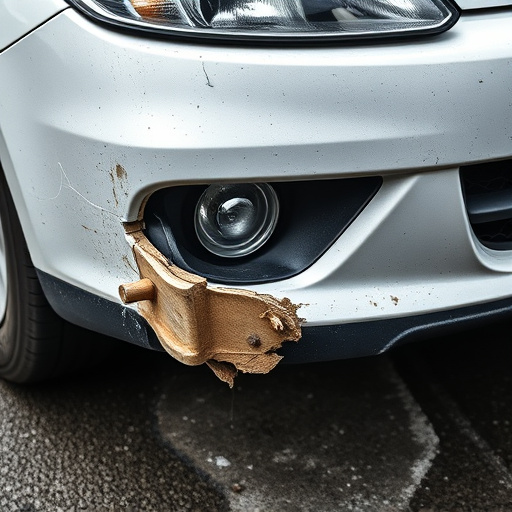
When a vehicle experiences bumper damage due to a collision, understanding the insurance requirements for repairs is essential. Insurance policies typically cover bumper collision repair as part of comprehensive or collision coverage, which is designed to protect against such unforeseen incidents. However, not all damages are equally covered; minor scratches and dents might be considered deductibles or out-of-pocket expenses, while more significant impacts may require the involvement of a professional car body shop for proper repairs.
The process involves assessing the extent of the damage, using specialized tools and techniques to fix or replace the bumper, and ensuring alignment with vehicle repair services. Reputable car body shops prioritize insurance compliance, working closely with insurance providers to facilitate the claims process and ensure customers receive the necessary coverage for their bumper collision repair.
Ensuring Compliance: Best Practices for Auto Body Shops
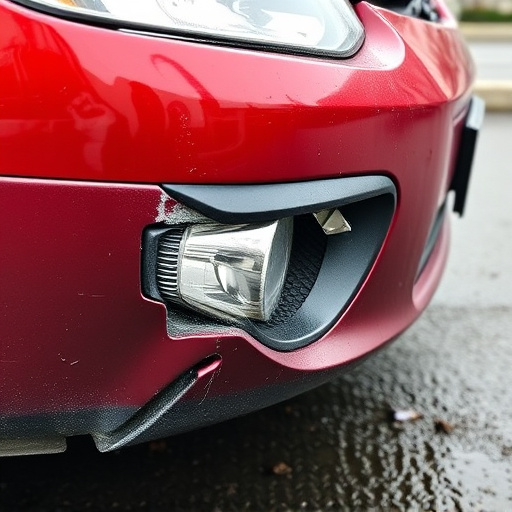
For auto body shops, maintaining insurance compliance is paramount, especially when it comes to bumper collision repair. This involves adhering to industry standards and guidelines set by insurance companies to ensure that repairs are done accurately and efficiently. One of the best practices is to stay updated with the latest technologies and techniques in bumper collision repair. Using advanced equipment for car dent removal and hail damage repair can significantly reduce the risk of errors, ensuring that the vehicle’s structural integrity remains intact.
Additionally, proper documentation and record-keeping are crucial. Shops should maintain detailed records of each repair job, including before-and-after photos, work orders, and parts used. This not only facilitates compliance with insurance requirements but also serves as a quality control measure for future reference. Moreover, training staff on the latest regulations and best practices for bumper collision repair, car scratch repair, and other related services can foster a culture of excellence and adherence to industry standards.
Bumper collision repair is more than just fixing a visual issue; it’s a critical aspect of maintaining safety and insurance compliance. By understanding industry standards, adhering to insurance requirements, and implementing best practices, auto body shops can ensure that every repair meets or exceeds expected quality and regulatory standards. Investing in knowledgeable technicians and state-of-the-art equipment is key to staying competitive in the market while providing reliable and compliant bumper collision repair services.
